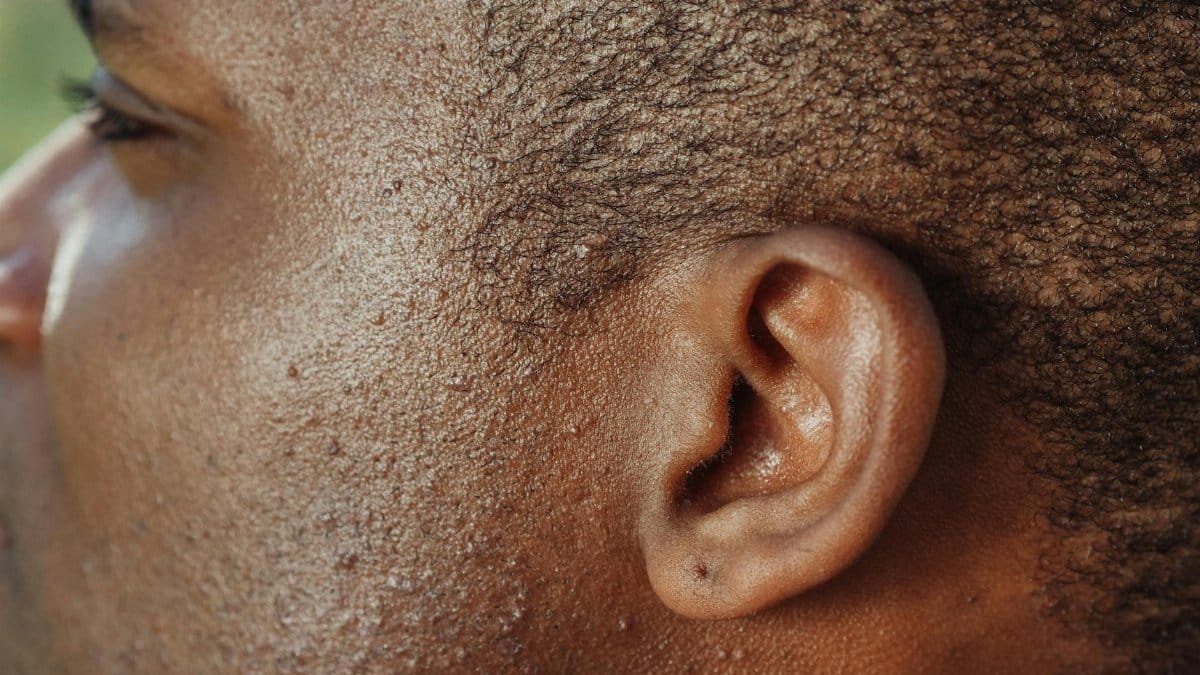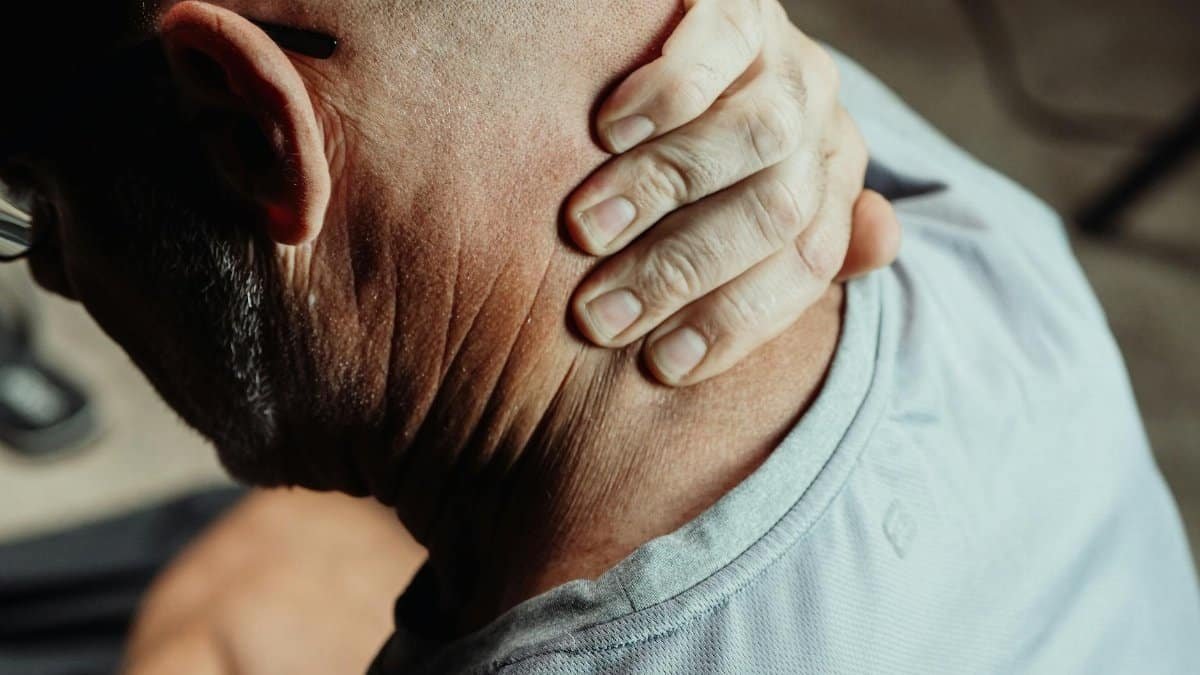In a nation where stress levels seem to climb higher each year, a surprising statistic stands out: according to recent data from the American Psychological Association, nearly 40% of adults report that their stress has increased over the past year, with many citing work and personal uncertainties as key culprits. This uptick, documented in their 2024 Stress in America survey, highlights a growing disconnect from inner peace amid the hustle of daily life. But what if there’s a subtle yet powerful way to reclaim that balance? Enter calm meditation breathwork, a practice that combines mindful breathing with introspective questioning to foster clarity and calm. For those feeling adrift, recognizing certain signs might signal it’s time to explore self-inquiry, a core element of this approach. This method isn’t about quick fixes; it’s about tuning into your deeper self. As we navigate 2025’s evolving wellness landscape, understanding these indicators could be the first step toward a more centered existence.
1. Persistent Overwhelm in Daily Routines

Life’s demands can pile up quietly until they feel insurmountable. Imagine a middle-aged professional juggling emails, family commitments, and that nagging sense of never quite catching up. If mornings start with a knot in your stomach and evenings end in exhaustion without real relief, it might point to a need for deeper introspection. Self-inquiry, woven into calm meditation breathwork, encourages pausing to ask fundamental questions like “What truly drives this frenzy?”
Experts note that such practices help reframe overwhelming thoughts. A study from the University of California, Davis, found that breath-focused meditation reduces cortisol levels by up to 25% after just a few weeks. Participants reported feeling less reactive to stressors, allowing space for genuine reflection. One anonymous account shared online described it vividly: after incorporating breathwork, the chaos of daily tasks transformed into manageable steps, as if a fog had lifted. This isn’t mere relaxation; it’s about uncovering patterns that fuel the overwhelm.
Start small. Sit quietly for five minutes, breathe deeply, and gently probe your inner dialogue. Over time, this builds resilience, turning routine chaos into opportunities for growth.
2. Recurring Feelings of Disconnection

Sometimes, amid crowded rooms or even close relationships, a subtle emptiness creeps in. Picture attending a family gathering where conversations flow, yet you feel oddly detached, as if watching from afar. This disconnection often signals an unexamined inner world, where self-inquiry can bridge the gap.
Integrating it with calm meditation breathwork amplifies the effect. Focus on your breath to ground yourself, then inquire: “Who is feeling this isolation?” Research from the National Institutes of Health supports this, showing that mindfulness practices enhance emotional connectivity. In a 2023 study, individuals practicing similar techniques reported stronger interpersonal bonds after consistent sessions.
It’s not always straightforward. Tensions arise when old habits resist change, but that’s part of the process. One person’s journey might involve realizing that disconnection stems from unmet personal needs, leading to more authentic interactions. As trends in 2025 emphasize holistic wellness, embracing this sign could foster deeper connections in an increasingly digital age.
3. Frequent Mental Chatter That Won’t Quiet

The mind races like a busy highway, thoughts colliding without pause. If your internal monologue loops endlessly—replaying arguments, planning tomorrows, critiquing yesterdays—it drains energy and clouds judgment. This is a classic cue for self-inquiry, paired with breathwork to still the storm.
Dive into the practice by observing your breath’s rhythm, then questioning the source of the noise. “What am I avoiding?” A report from Harvard Medical School’s mindfulness program indicates that such methods decrease rumination by promoting present-moment awareness. Their findings, based on brain imaging, reveal reduced activity in the default mode network, the brain’s wandering zone.
Variety keeps it engaging. Some days, the chatter softens quickly; others, it persists, revealing deeper insights. Weave in a brief anecdote: a teacher once described how, during a breathwork session, the mental buzz faded, unveiling a quiet core self she’d long ignored. In our fast-paced society, taming this chatter through calm meditation breathwork isn’t luxury—it’s necessity.
4. Struggles with Decision-Making Paralysis

Faced with choices big or small, hesitation grips you. Whether it’s selecting a career shift or even dinner plans, the weight of possibilities freezes action. This paralysis often masks underlying uncertainties that self-inquiry can illuminate.
Combine it with calm meditation breathwork: inhale clarity, exhale doubt, and ask, “What fear hides here?” The Mayo Clinic’s wellness resources highlight how breath-centered practices improve cognitive function, aiding decisive thinking. A linked study from their research arm showed participants gaining confidence in choices after mindfulness training.
Nuance matters. Not every decision resolves instantly, but the process uncovers biases and desires. Reflect on a scenario where someone, bogged down by options, used inquiry to prioritize values, leading to bolder steps. As 2025 brings more life transitions for middle-aged Americans, recognizing this sign empowers proactive change.
5. Emotional Volatility in Stressful Situations

Emotions flare unexpectedly—a sharp word from a colleague sparks anger, or minor setbacks trigger despair. If reactions feel disproportionate, it suggests untapped inner turmoil ripe for exploration through self-inquiry.
Breathwork steadies the foundation: slow inhales temper the surge, creating room for questions like “Whose emotion is this really?” Data from the Centers for Disease Control and Prevention underscores the benefits, with programs linking meditation to better emotional regulation. Their 2024 report on mental health trends notes a 15% drop in reported volatility among practitioners.
Explore the complexity. Volatility might stem from past experiences, and inquiry gently unravels them. Imagine a parent navigating midlife changes; through practice, outbursts gave way to composed responses, strengthening family ties. This approach, central to calm meditation breathwork, fosters stability in an unpredictable world.
6. A Sense of Stagnation Despite Achievements

Successes accumulate—promotions, milestones—yet fulfillment eludes. That nagging “Is this all?” whispers, indicating a call for deeper self-examination.
Self-inquiry, enhanced by breathwork, probes: “What does true success mean to me?” Pew Research Center’s surveys on American life satisfaction reveal that many in their 40s and 50s experience this plateau, with mindfulness practices offering renewal. Their 2024 analysis shows higher contentment scores among those engaging in reflective exercises.
Storytelling brings it alive. Consider a executive who, atop her field, felt hollow until breath-guided inquiry revealed a passion for creativity over corporate climbs. Tensions between societal expectations and personal truth add depth, making the practice transformative. In 2025, as wellness trends evolve, addressing stagnation through calm meditation breathwork could redefine midlife purpose.
7. Physical Tension Without Clear Cause

Shoulders tighten, jaws clench, even when life’s calm on the surface. These bodily signals often reflect unaddressed mental undercurrents, perfect for self-inquiry’s lens.
Begin with breathwork to release: deep exhales soften the hold, inviting “Why this resistance?” The Journal of the American Medical Association published findings on how such integrations alleviate chronic tension, with participants experiencing measurable relief in muscle stress.
Vary the flow. Sometimes, tension eases swiftly; other times, it points to buried stress. An illustrative snippet: one individual noticed headaches vanishing after inquiry sessions, linking them to suppressed ambitions. This holistic tie-in underscores calm meditation breathwork’s role in bridging body and mind for overall harmony.
8. Yearning for Deeper Meaning in Life

A quiet longing stirs, questioning existence beyond the routine. If philosophical musings arise more frequently, it’s a profound sign to engage self-inquiry.
Pair it with breathwork for grounding: steady rhythms anchor the search for “Who am I, truly?” Insights from Stanford University’s well-being lab affirm that these practices enhance life’s perceived meaning, with longitudinal studies tracking improved existential satisfaction.
Reflect on nuances. The journey might unearth discomfort before clarity, but persistence pays. Picture a retiree rediscovering joy through this method, turning vague yearnings into purposeful pursuits. As we step into 2025, embracing this sign via calm meditation breathwork invites a richer, more intentional life for many.
